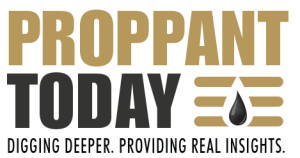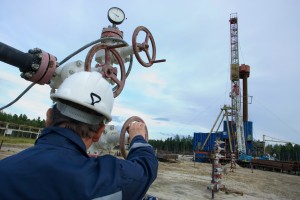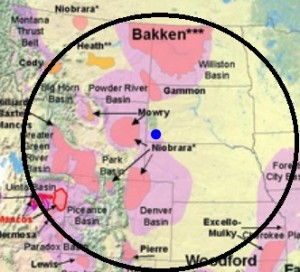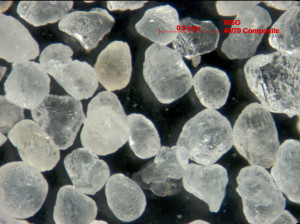Proppant Today had the honor of interviewing Dr. Bernard Weinstein of the Maguire Energy Institute and Cox School of Business at Southern Methodist University, who will be speaking on Sheiks vs. Shale: New Economics of Energy & Implications for the Frac Sand Industry at the upcoming 4th Annual Frac Sand Supply & Logistics Conference on September 24 and 25th in San Antonio.
What is the current outlook for the Frac Sand Market?
Oil prices are down 50% from 2014; the cost of producing oil is down by 30%. Day rates for labor have decreased, trucking rates have come down and the volume and price of supplies including frac sand have decreased as well. As long as WTI remains in the $40s, hydraulic fracturing activity for oil will remain subdued. In oil, we see that hydraulic fracturing activity in 2015 is continuing to decline from 2014, however, a more significant decline is coming in 2016, as much as 20 to 25% from 2015. However in the Marcellus and Utica, operators are selling in the $2 to 3 per mcf range and are continuing to produce.
On the brighter side, there is a greater demand of frac sand per well in both oil and natural gas completions. Up to 20% of the frac fluid is proppant, double what it was in 2014. Drilling has been ongoing while oil prices have been depressed to hold on to leases. If WTI reaches the low to mid $50s, frac sand demand will grow rapidly. There are close to 3,000 drilled but uncompleted wells in the Eagle Ford, the Permian and the Bakken, waiting to be completed at a breakeven price of $50 oil. In the long term, I think the demand for frac sand is robust. If you look at oil futures markets, contracts for delivery are closer to the low $60s for a five-year contract.
What are the impacts of oil in the $40s?
In the past, OPEC managed output so there was never an oversupply of oil. But in 2014, they changed their policy because North America was growing the pool. OPEC, basically Saudi Arabia, assessed that they could cut price, not production, to reduce the volume put out by hydraulic fracturing. Lower prices are causing a ripple effect in terms of restructuring, mergers and acquisitions and asset sales. It’s going to get tougher throughout 2016, especially for small companies, those that are highly leveraged and for manufacturers of drilling equipment.
In Texas, oil and gas is only 15% of the economy, however, we are seeing thousands of layoffs and government revenues will be impacted. At the local level, towns that are more dependent on oil and gas will be harder hit. North Dakota, which has really agriculture and the Bakken, will suffer more, as will West Virginia which has already experienced a decline in coal and is more exposed to the downturn in hydraulic fracturing. State economies that have a manufacturing base, especially those that use petroleum products in their feedstocks like the chemical plants we have in Houston, are benefitting from lower prices for oil and natural gas.
What trends do you see around fracking bans?
Recently the State of Texas said that energy production is in the purview of the state, overriding local authority of municipalities that imposed fracking bans. A similar issue is playing out in Colorado right now. Banning fracking in North Dakota is not an issue, I assure you. New York State is not going to reverse their position on fracking anytime soon, which is fine because supply is adequate out of Pennsylvania, Ohio and West Virginia in the Marcellus and Utica. Overall, the Federal government should stay out of the way, legislation regarding hydraulic fracturing should be left to the states.
Frac Sand & Logistics Conference
Proppant Today appreciates the opportunity to interview Dr. Weinstein about the hydraulic fracturing industry and its impacts on the proppant demand. Hear Dr. Weinstein speak at the 4th Annual Frac Sand Supply & Logistics Conference on September 24 and 25th in San Antonio.
About Proppant Today, LLC
Proppant Today, LLC serves the proppant market by providing deep insights into proppant and frac sand use and demand in the unconventional oil and gas industry. At Proppant Today’s website, read our blog and daily news feed and purchase the US Proppant Market and Forecast Report: 2015 to 2020.
– Holly Bellmund, President, Proppant Today, LLC





 We respect your privacy. Unsubscribe anytime.
We respect your privacy. Unsubscribe anytime.